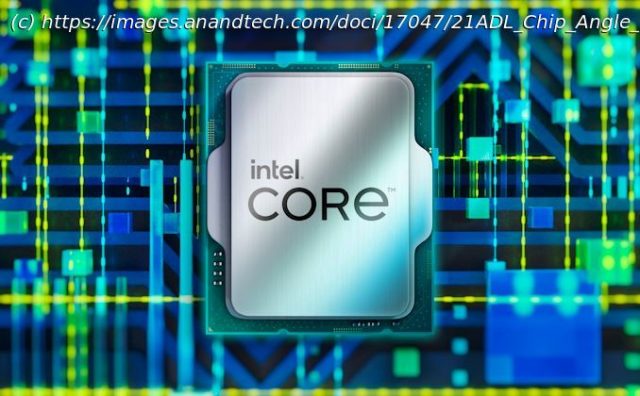Today marks the official retail availability of Intel’s 12 th Generation Core processors, starting with the overclockable versions this side of the New Year, and …
Today marks the official retail availability of Intel’s 12 th Generation Core processors, starting with the overclockable versions this side of the New Year, and the rest in 2022. These new processors are the first widescale launch of a hybrid processor design for mainstream Windows-based desktops using the underlying x86 architecture: Intel has created two types of core, a performance core and an efficiency core, to work together and provide the best of performance and low power in a singular package. This hybrid design and new platform however has a number of rocks in the river to navigate: adapting Windows 10, Windows 11, and all sorts of software to work properly, but also introduction of DDR5 at a time when DDR5 is still not widely available. There are so many potential pitfalls for this product, and we’re testing the flagship Core i9-12900K in a few key areas to see how it tackles them. Since August, Intel has been talking about the design of its 12 th Generation Core processor family, also known as Alder Lake. We’ve already detailed over 16000 words on the topic, covering the fundamentals of each new core, how Intel has worked with Microsoft to improve Windows performance with the new design, as features like DDR5, chipsets, and overclocking. We’ll briefly cover the highlights here, but these two articles are worth the read for those that want to know. At the heart of Intel’s processors is a hybrid, or heterogeneous, core design. The desktop processor silicon will have eight performance cores (P-cores) and eight efficiency cores (E-cores), the latter in two groups of four. Each of the cores is designed differently to optimize for their targets, but supports the same software. The goal is that software that is not urgent runs on efficiency cores, but time-sensitive software runs on performance cores, and that has required a new management control between the processor and Windows has been developed to enable Alder Lake to work at its best. That control is fully enabled in Windows 11, and Windows 10 can get most of the way there but doesn’t have all the bells and whistles for finer details – Linux support is in development. The use of this hybrid design makes some traditional performance measurements difficult to compare. Intel states that individually the performance cores are +19% over 11 th Generation, and the efficiency cores are around 10 th Generation performance levels at much lower power. At peak performance Intel has showcased in slides that four E-cores will outperform two 6 th Generation cores in both performance and power, with the E-core being optimized also for performance per physical unit of silicon. Alternatively, Intel can use all P-cores and all E-cores on a singular task, up to 241W for the Core i9 processor. On top of all this, Intel is bringing new technology into the mix with 12 th Gen Core. These processors will have PCIe 5.0 support, but also DDR5-4800 and DDR4-3200 support on the memory. This means that Alder Lake motherboards, using the new LGA1700 socket and Z690 chipsets, will be either DDR4 or DDR5 compatible.
Start
United States
USA — IT The Intel 12th Gen Core i9-12900K Review: Hybrid Performance brings Hybrid Complexity






